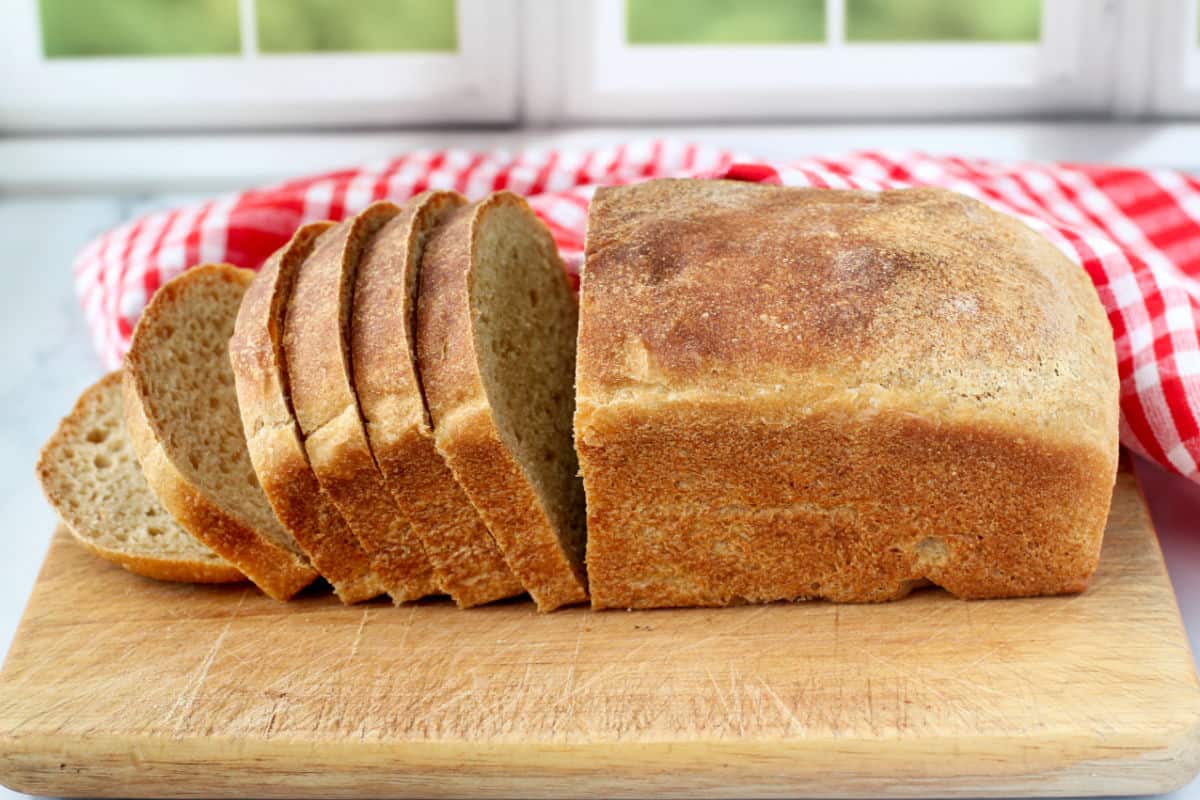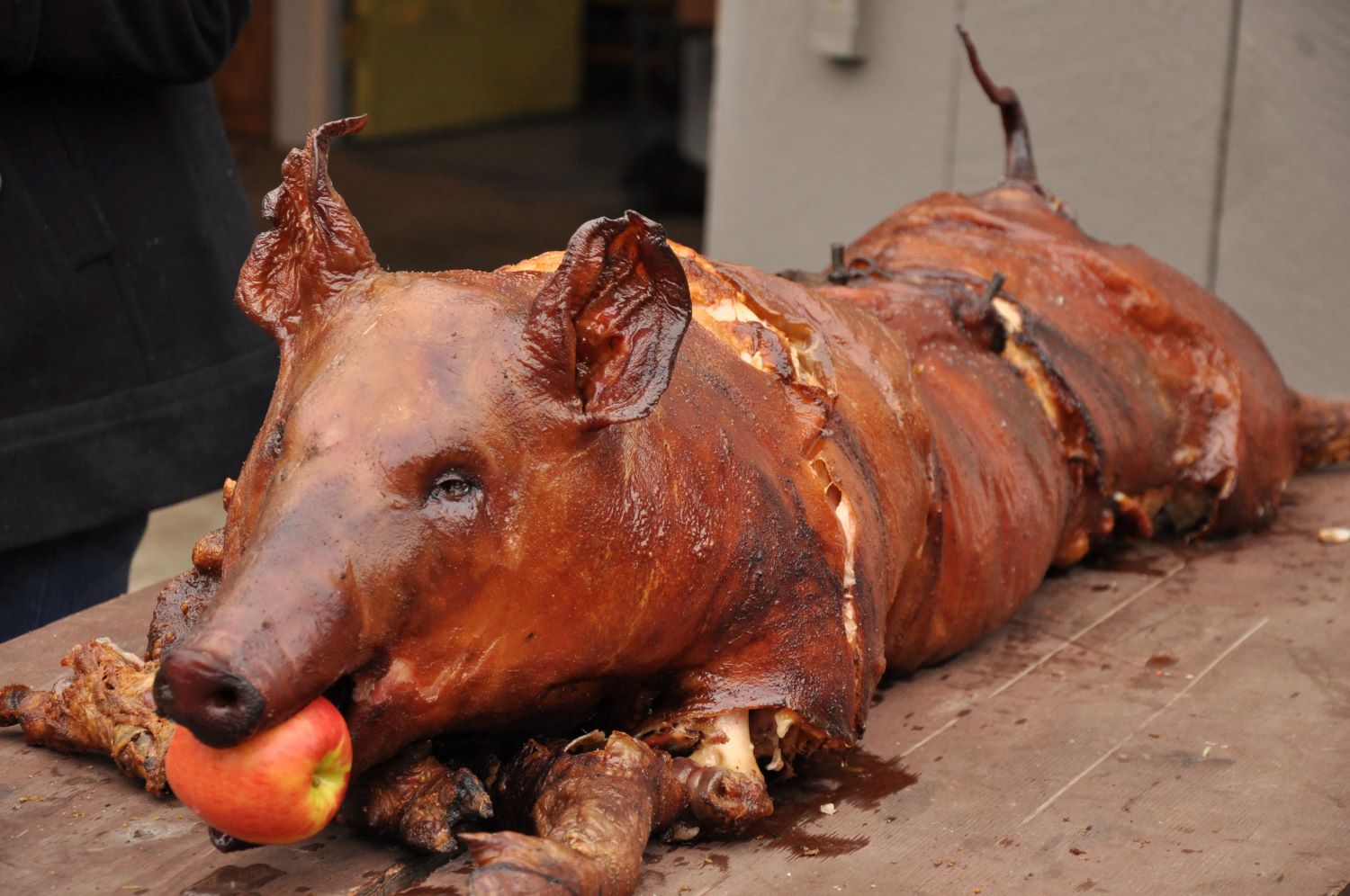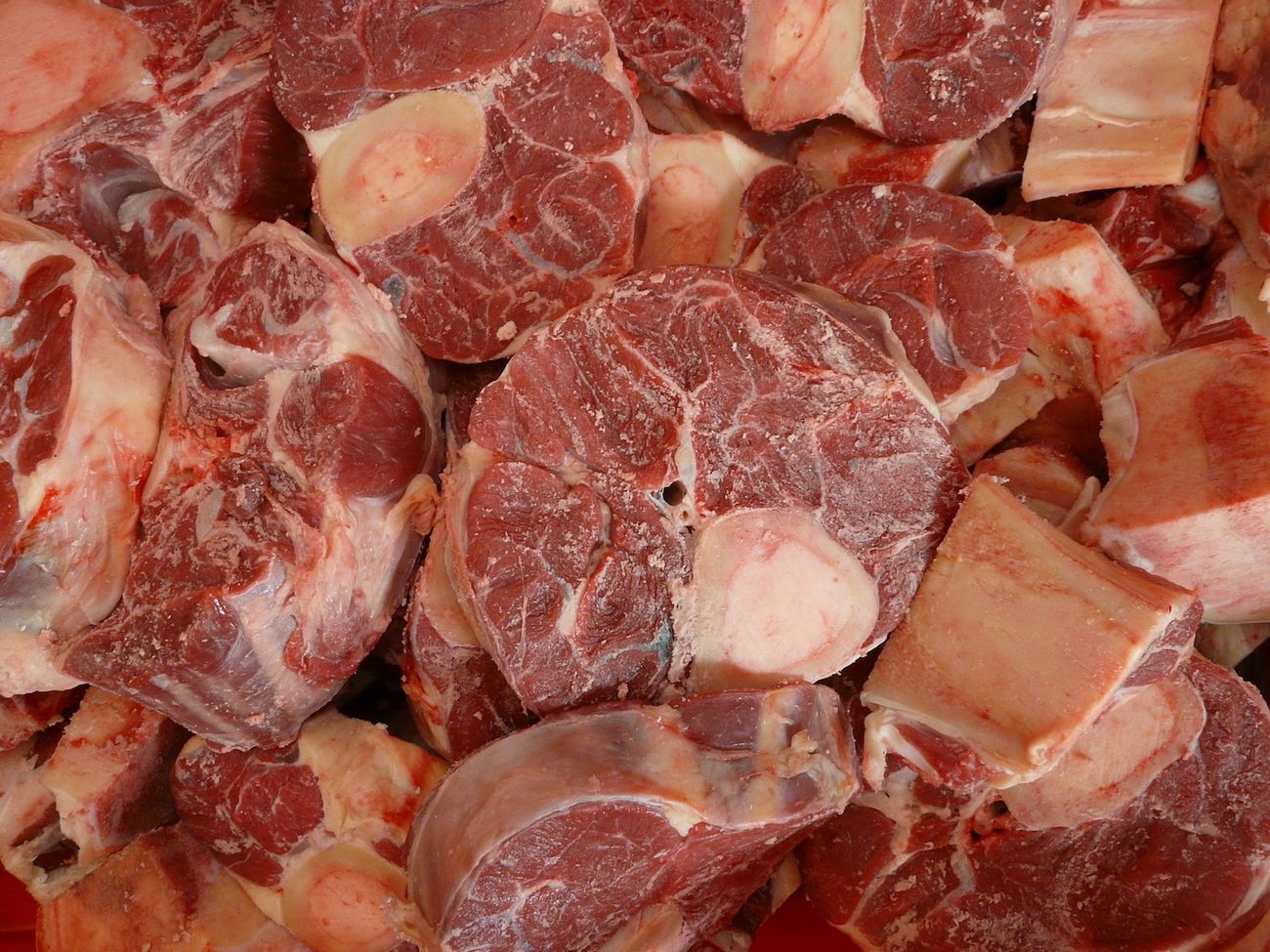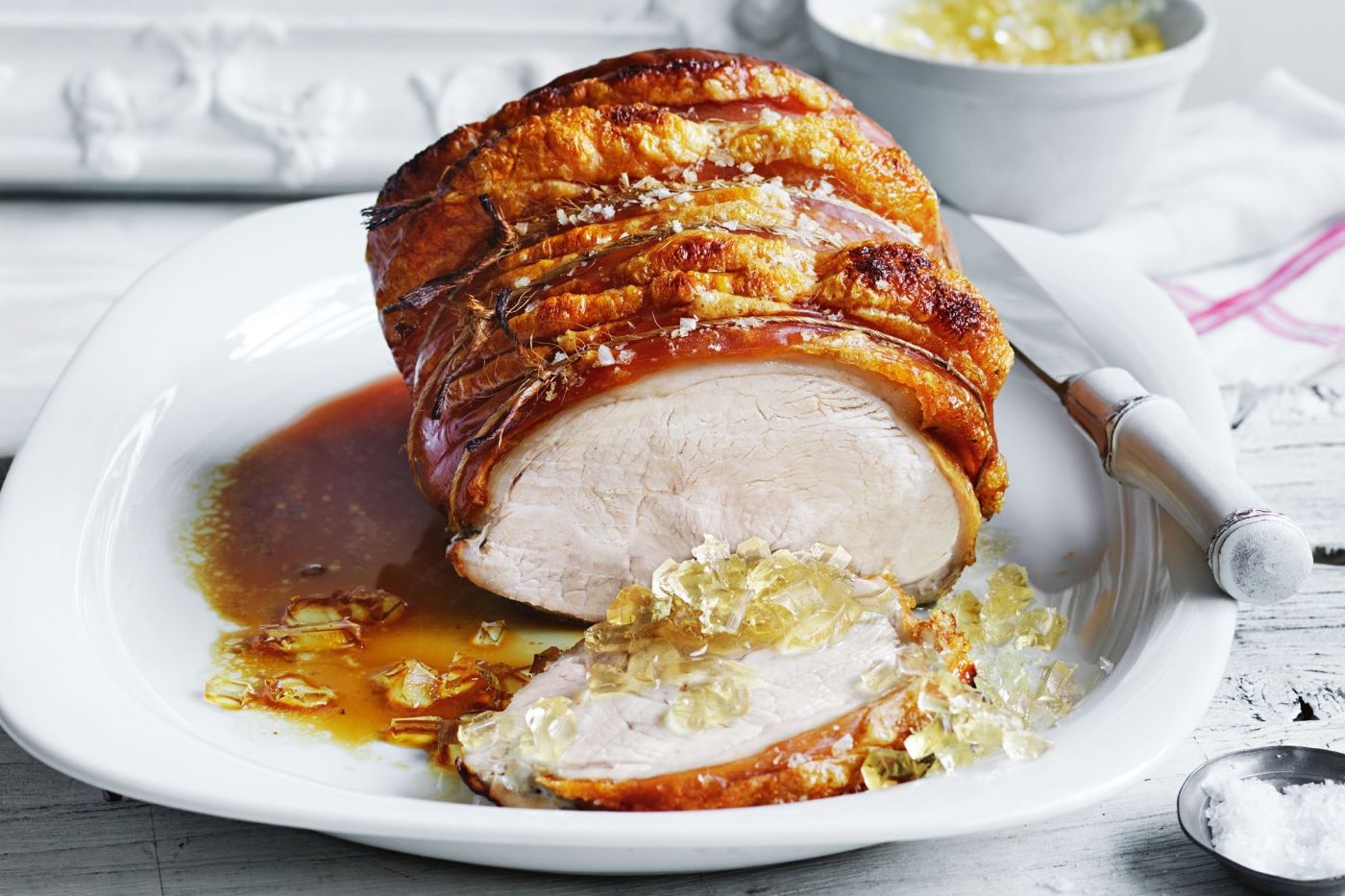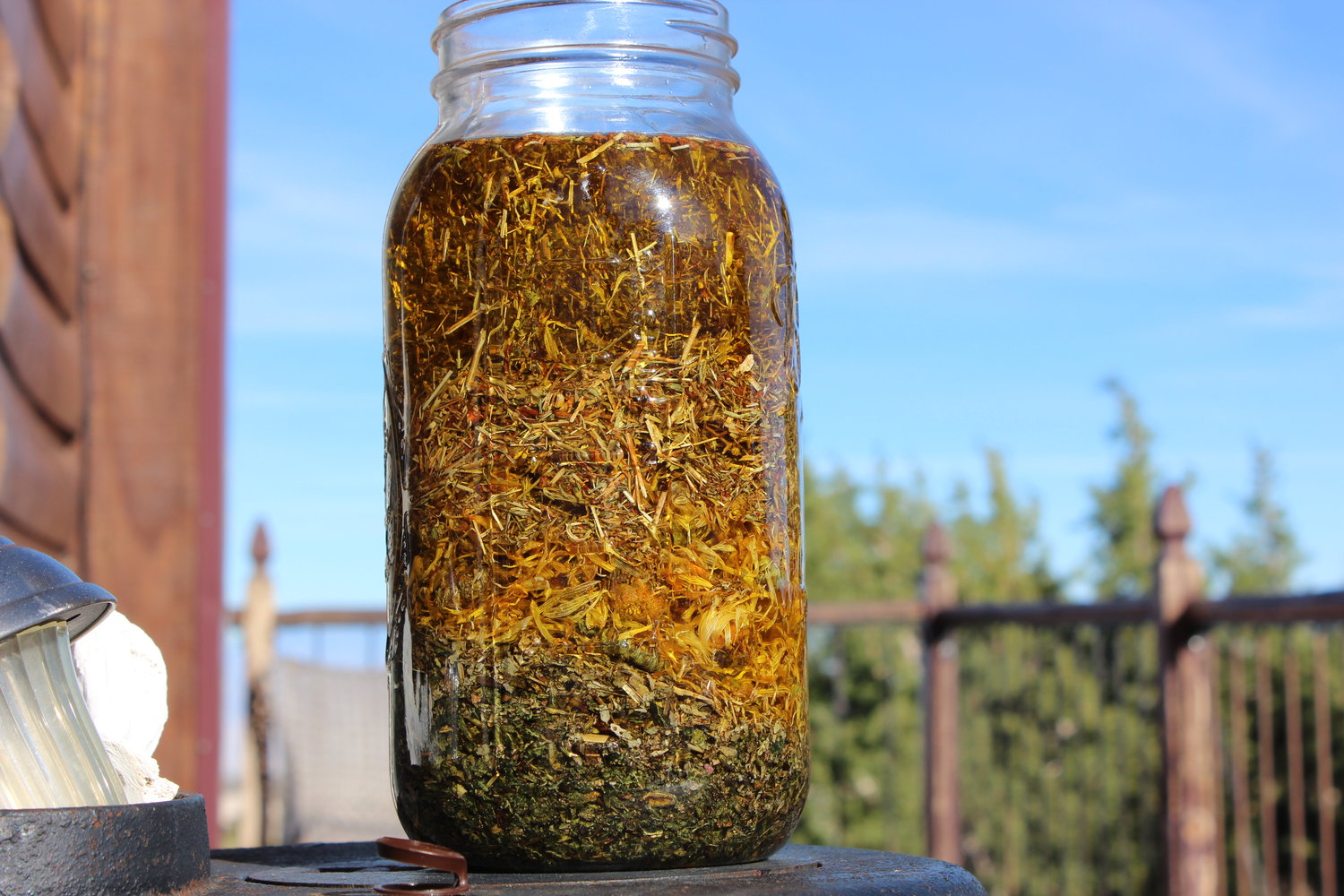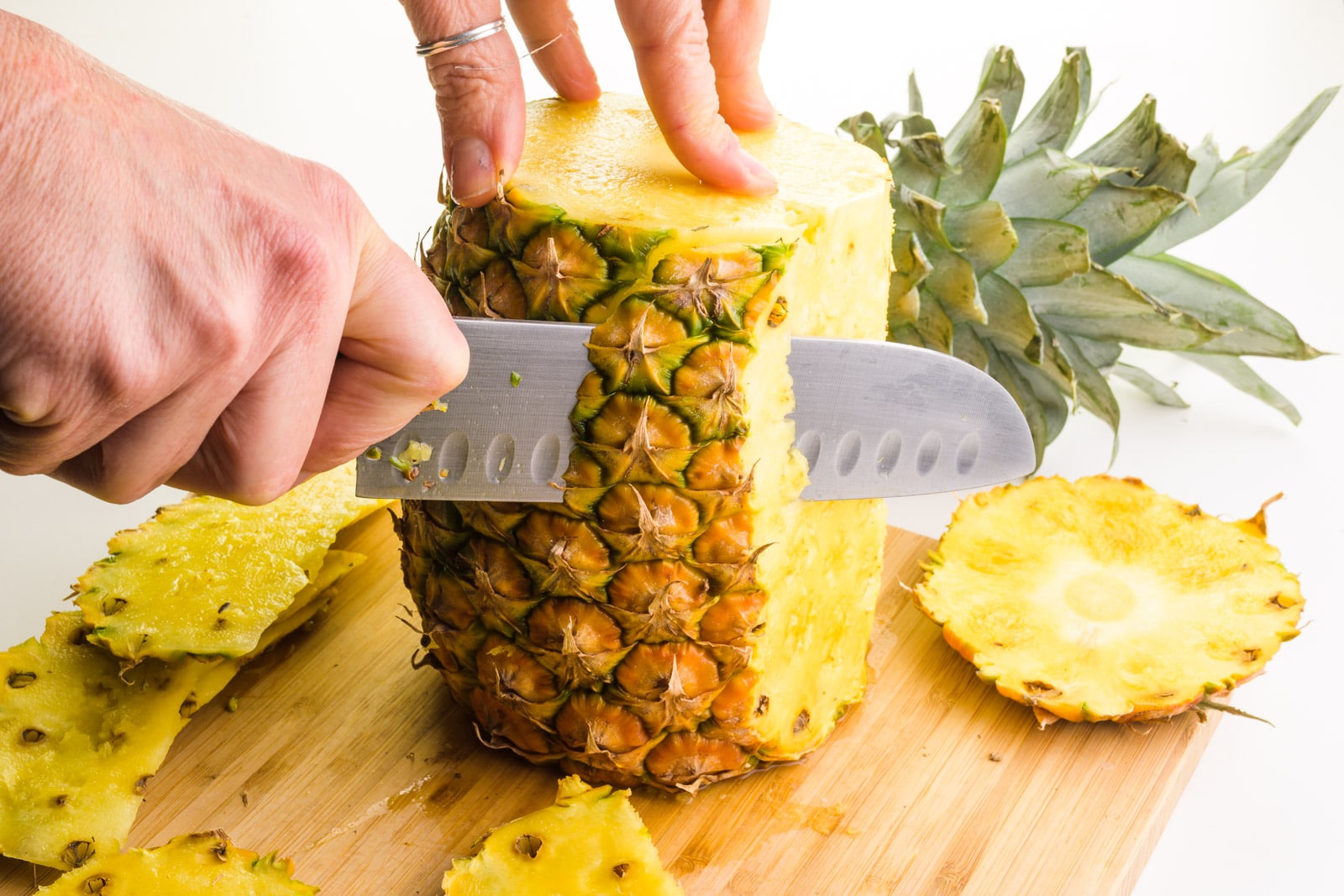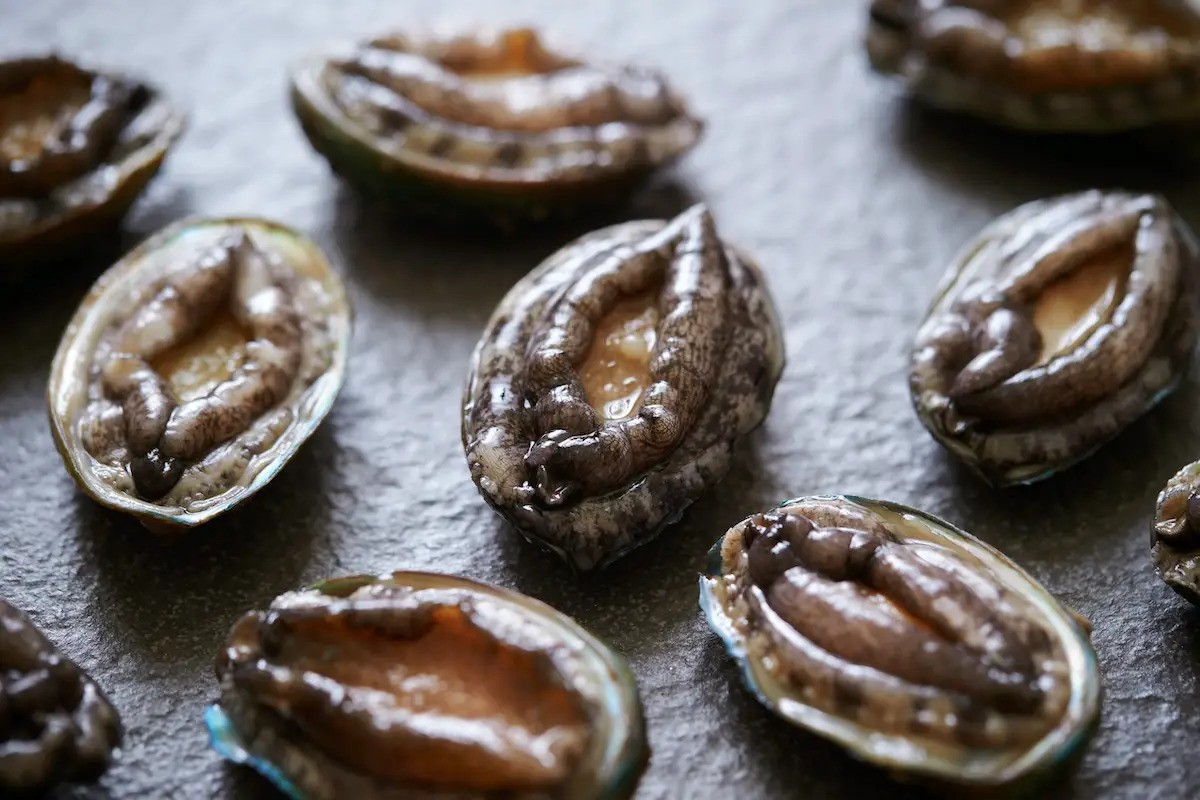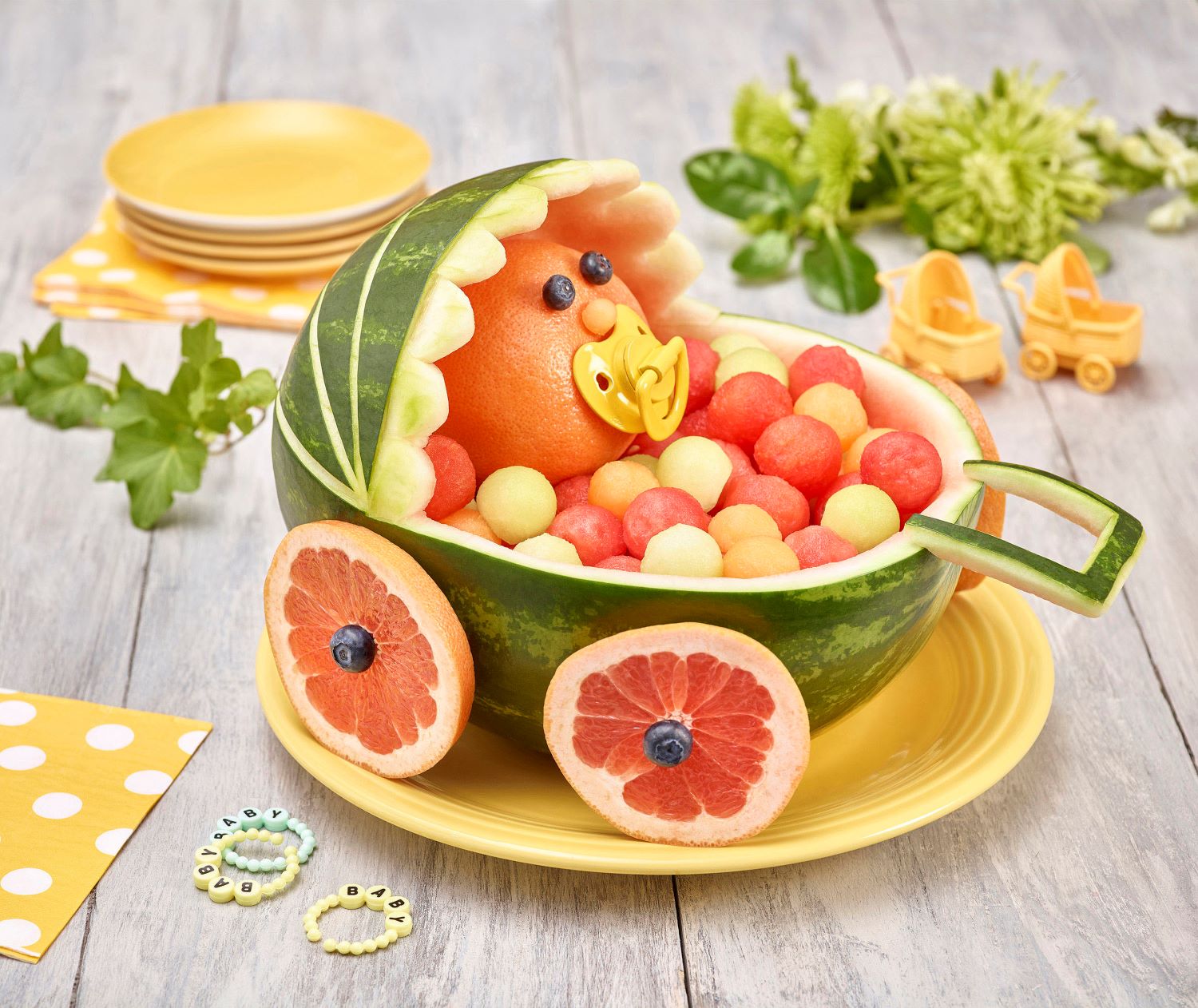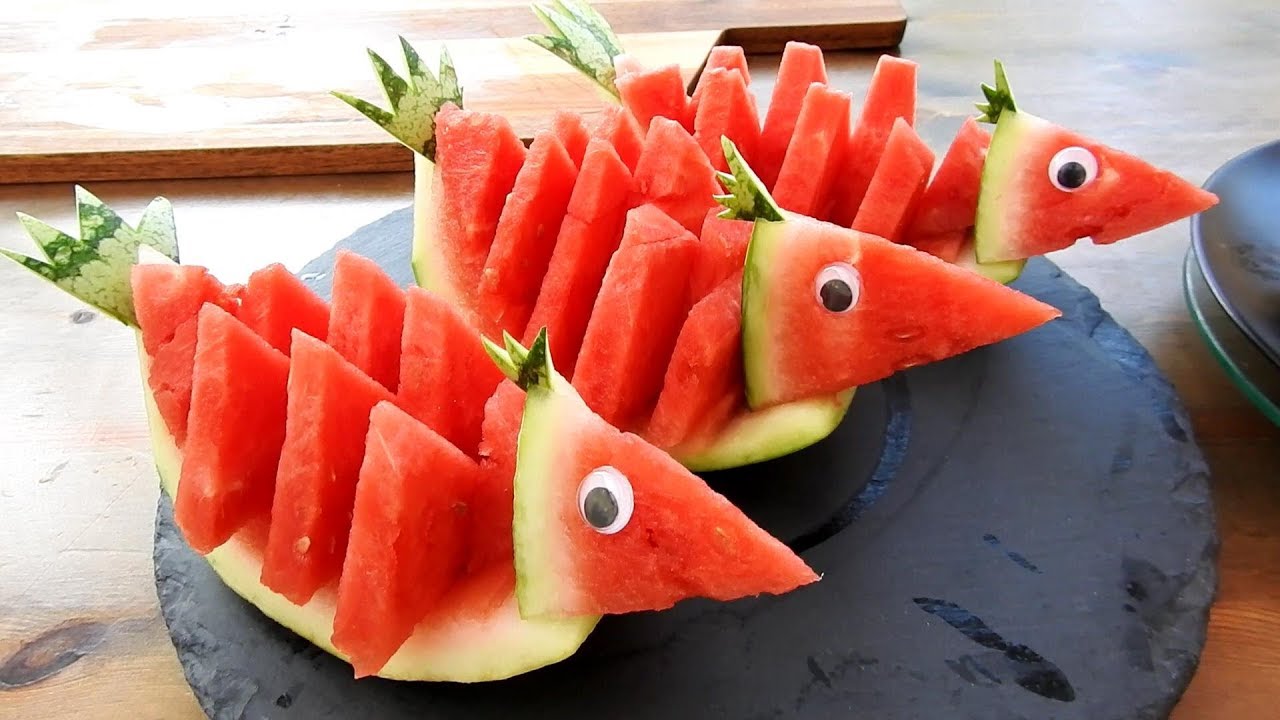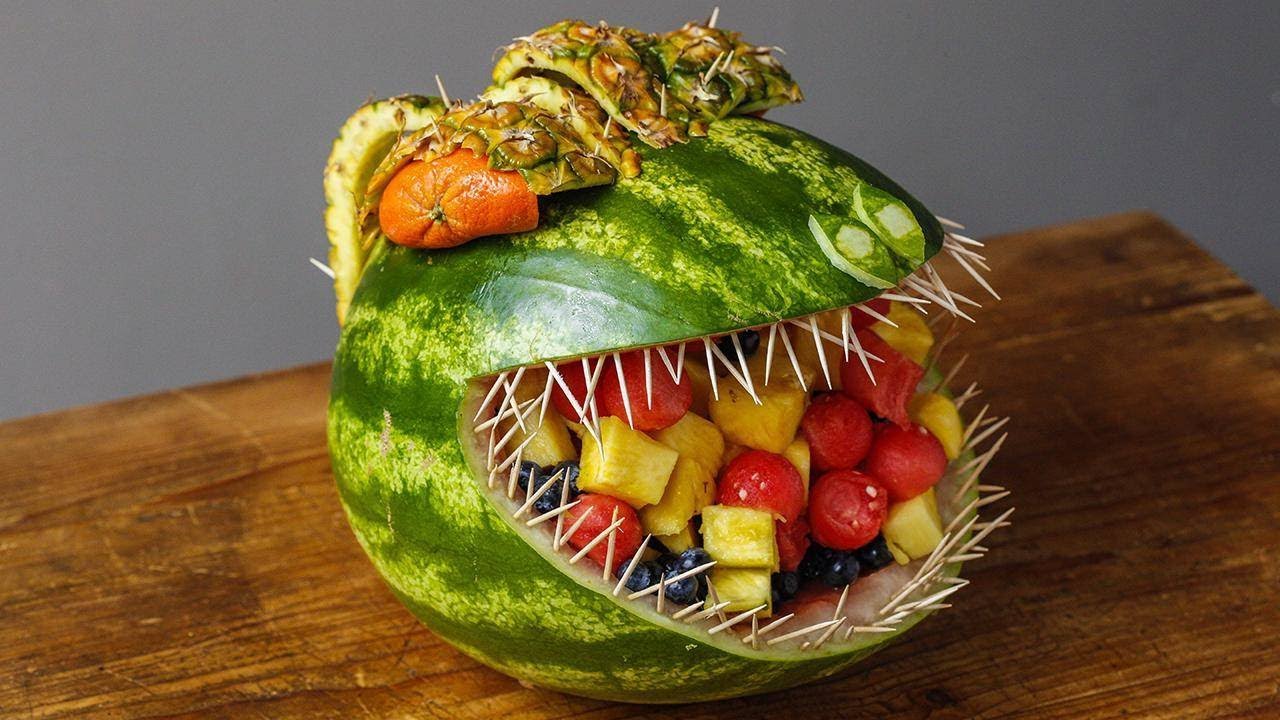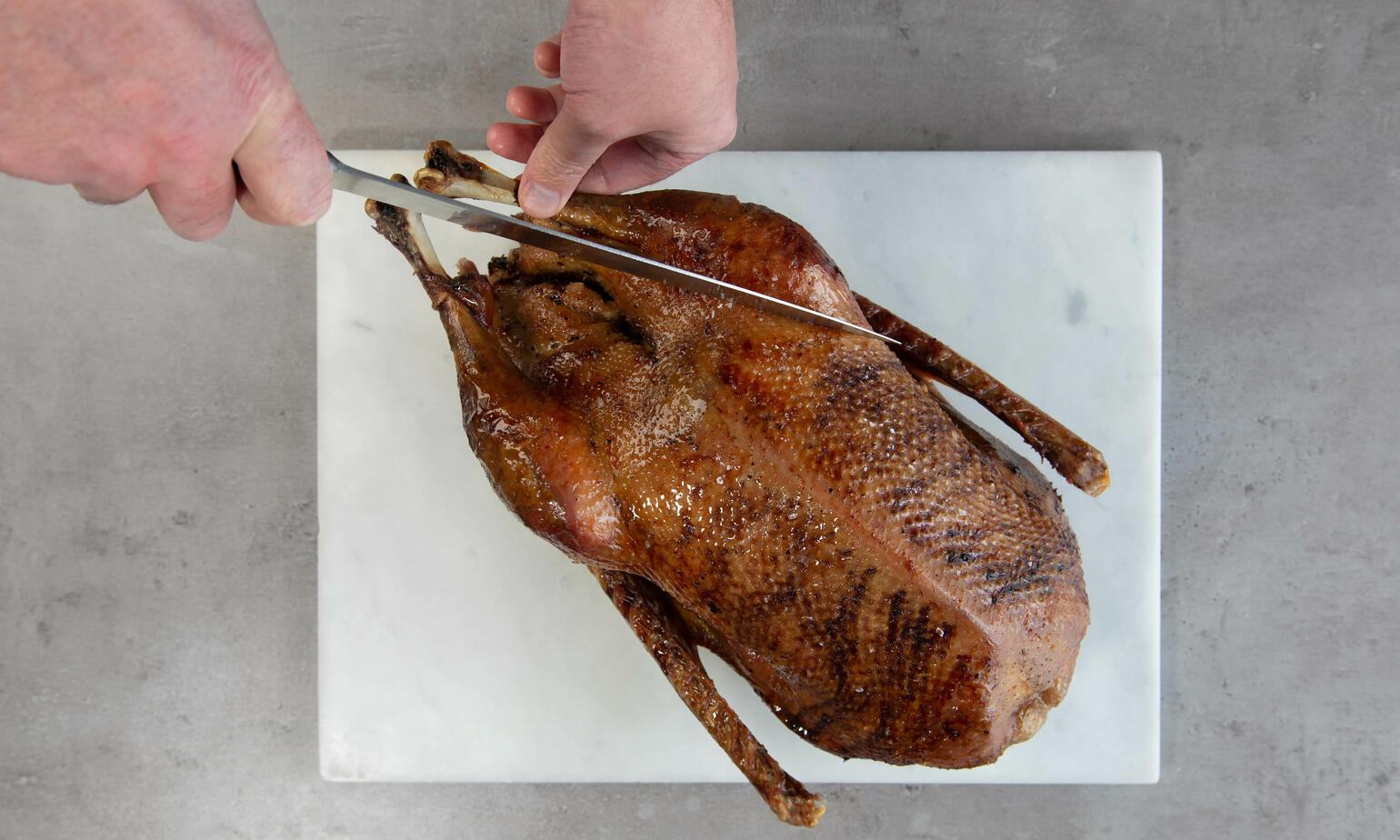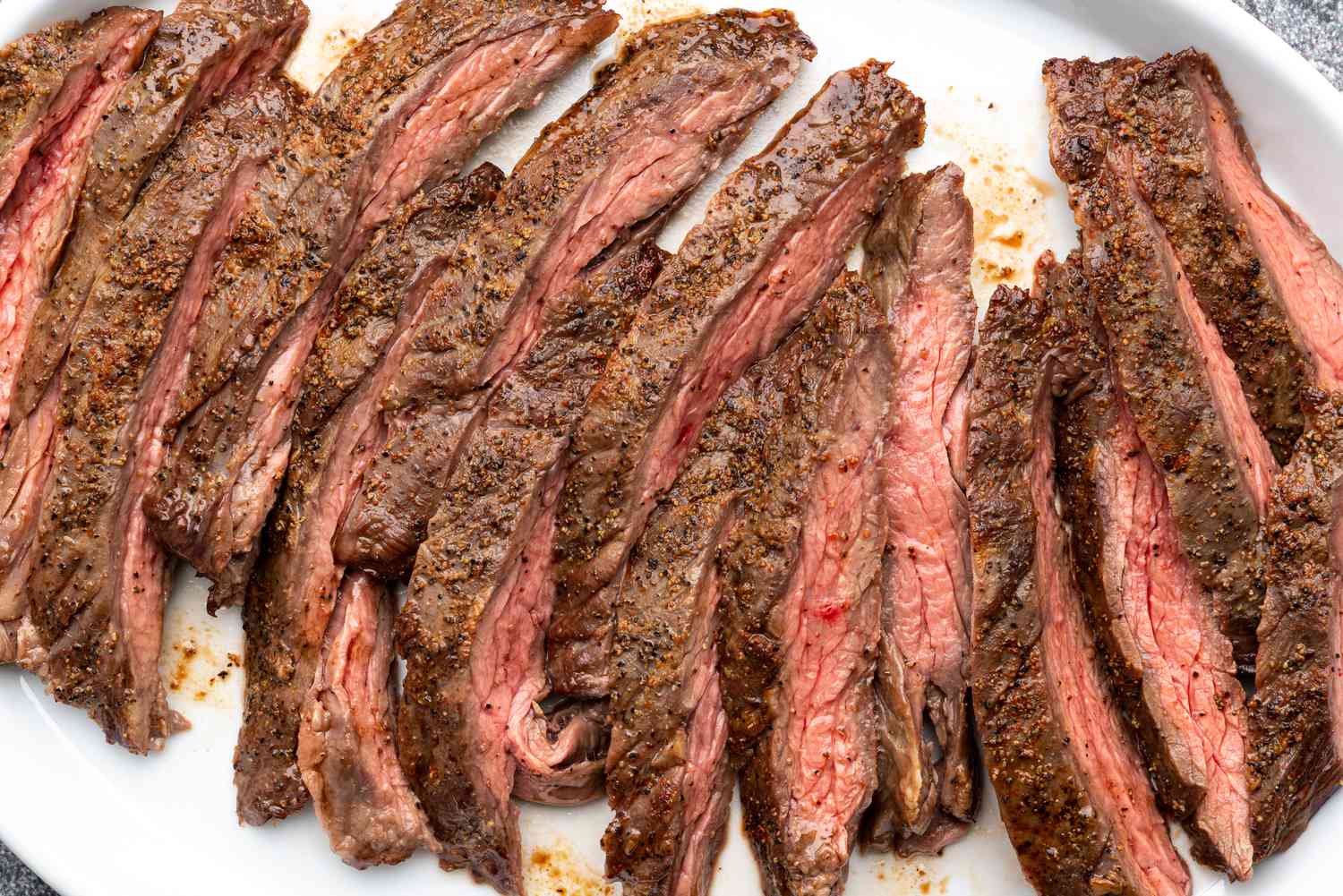How to Break Down a Pig: A Comprehensive Guide
Breaking down a pig is a fundamental skill for any serious food enthusiast or chef. Whether you are looking to utilize every part of the animal or simply want to try your hand at butchery, this guide will walk you through the process step-by-step. So, grab your apron and sharpen your knives, because it’s time to get started!
1. Equipment and Safety Precautions
Before diving into the butchery process, it’s important to gather the necessary equipment and take some safety precautions:
- Sharp knives: Invest in high-quality knives that are suitable for butchering.
- Cutting board: Choose a sturdy and spacious cutting board to work on.
- Protective gear: Wear a sturdy apron, gloves, and eye protection to ensure your safety.
- Clean workspace: Make sure your workspace is clean and organized to avoid cross-contamination.
2. Breaking down the Pig
Breaking down a pig involves separating it into various cuts, each with its own unique characteristics and uses. Here’s a breakdown of the different cuts you can make:
- Pork Shoulder: Start by removing the shoulder from the carcass. This versatile cut is perfect for roasting, slow cooking, or making pulled pork.
- Pork Loin: The tender and lean loin is typically sliced into chops or used for roasts. It’s a prime cut that can be grilled, roasted, or stuffed.
- Belly: The belly is the source of deliciously fatty bacon. It can also be cured, smoked, or used in various pork belly recipes.
- Hams: The hind legs of the pig are usually cured and smoked to make hams. They can be cooked as a whole or sliced into ham steaks.
- Ribs: The ribs are a favorite for barbecue lovers. They can be slow-cooked, grilled, or braised to achieve juicy and flavorful results.
- Offal: Don’t forget about the offal! Organ meats like liver, kidneys, and heart can be used in a variety of dishes for their unique flavors and nutritional value.
3. Proper Storage and Preservation
Once you have successfully broken down the pig, it’s essential to store and preserve the cuts properly to maintain their freshness and quality:
- Refrigeration: Wrap the cuts tightly in plastic wrap or butcher paper and store them in the refrigerator.
- Freezing: If you don’t plan to use the cuts immediately, consider freezing them. Place them in freezer-safe bags or vacuum-sealed packages to prevent freezer burn.
- Curing and Smoking: For cuts like bacon and hams, curing and smoking is a traditional preservation method that imparts incredible flavor and extends their shelf life.
Remember to label and date your cuts for easy identification and rotation.
4. Utilizing the Entire Pig
Breaking down a pig affords you the opportunity to utilize every part of the animal. Here are some creative ways to make the most of your bounty:
- Stock and Broth: Make a rich and flavorful stock by simmering the bones and carcass. Use it as a base for soups, stews, and sauces.
- Sausages and Ground Meat: Grind trimmings and less desirable cuts to make sausages or ground meat. Add your favorite seasonings and create unique flavor combinations.
- Lard and Renderings: Render the pig fat to obtain lard, a versatile cooking fat that adds richness to a variety of dishes. Use renderings as a flavorful cooking oil.
- Head Cheese: Embrace the nose-to-tail philosophy by making head cheese. It’s a jellied terrine made with the pig’s head meat, tongue, and other flavorful gelatinous parts.
- Pig’s Feet and Knuckles: Simmer pig’s feet and knuckles to make tender and flavorful additions to stews, soups, or traditional dishes like jellied pork hock.
Remember, the possibilities are virtually endless when it comes to utilizing every part of the pig.
Final Thoughts
Breaking down a pig may seem like a daunting task, but with the right tools, knowledge, and practice, anyone can master the art of butchery. Not only does this skill allow you to explore a wide range of cooking techniques, but it also lets you fully appreciate the incredible versatility and flavor of one of nature’s most impressive creations. So, embrace your culinary curiosity and embark on this rewarding journey of breaking down a pig!
Was this page helpful?
Read Next: DIY: Garlic Powder
